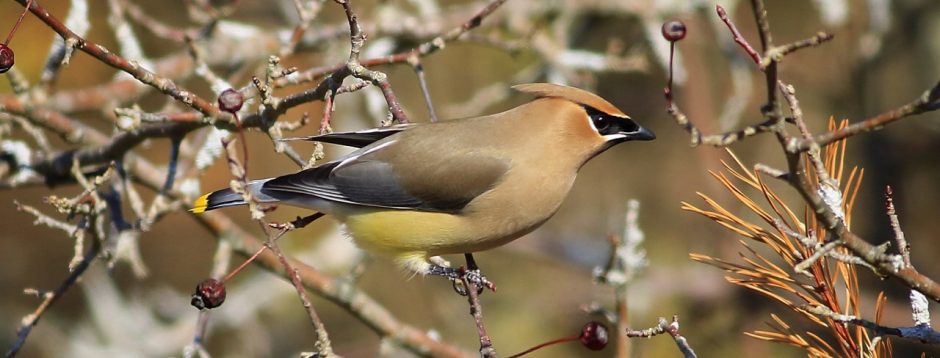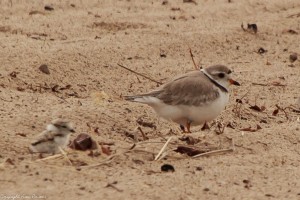2024
Update of 2024 Season is recapped by Huron Pines in a blog post. It was a very successful year at Tawas Point State Park with 7 successful fledges.
On August 23, 2024, AVA together with Huron Pines and Michigan Audubon drafted and sent a letter to the Michigan Natural Resources Commission. The letter asked for assistance to protect Piping Plovers at Tawas Point State Park. This is timely because as of 2023 the plovers have returned following break that lasted almost a decade.
In 2024, there were two plover nests. Both were successful. Together, the two pairs fledged seven chicks.
** Note: The letter below is the final draft, our logo was fixed on the signed copy.
Piping Plover (Charadrius melodus)
Piping plovers look like a small, pale killdeer with a single dark breast stripe. Their preferred habitat is a wide, sandy beach along the Great Lakes shore in areas that have scant vegetation and scattered stones. Their nesting territories often include a small stream or interdunal wetland. Piping plovers lay four eggs in a small scrape on the ground and depend on the coloration of their eggs and feathers for protection. Piping plovers are an endangered species in Michigan. They winter on the Atlantic and Gulf of Mexico coasts. Great Lakes Plovers winter along the Atlantic and the Caribbean Islands.


